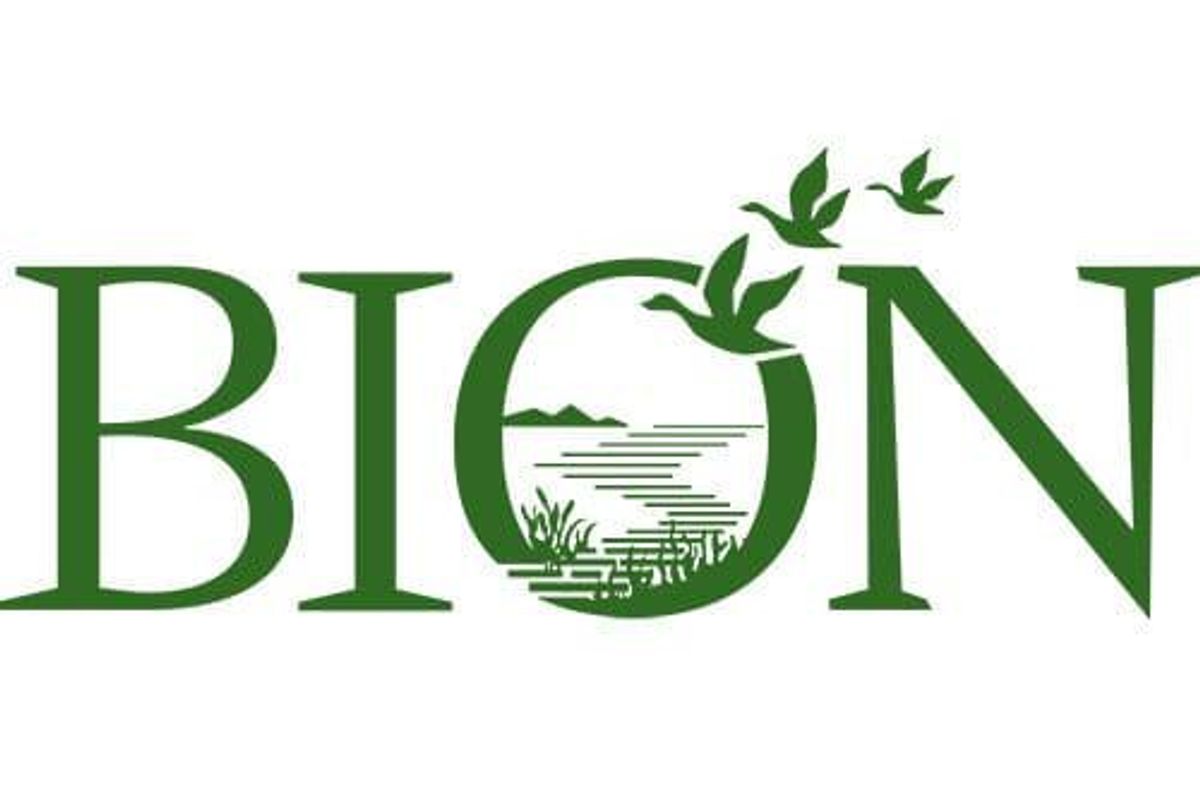Study Confirms Dramatic Impacts of Poultry Ammonia Emissions on Chesapeake Bay

Bion Environmental Technologies announced that a new study indicates that poultry production in the Chesapeake Bay Watershed contributes approximately 24 million pounds of nitrogen to the Bay annually.
Bion Environmental Technologies, Inc. (OTCQB:BNET), a developer of advanced livestock waste treatment and resource recovery technology, announced that a new study indicates that poultry production in the Chesapeake Bay Watershed contributes approximately 24 million pounds of nitrogen to the Bay annually. The study confirmed that about half that total – 12 million pounds – is highly mobile and reactive nitrogen from airborne ammonia emissions that is exceedingly difficult and expensive to recapture, once released to the environment.
The Environmental Integrity Project (EIP) report examined data from the federal and state Chesapeake Bay Program, emissions estimates from the most recent scientific studies, and numbers from the USDA’s most recent farm census. EIP used the Bay Program’s computer modeling to evaluate the total nitrogen load from the poultry industry, including runoff of manure spread on fields as fertilizer, and ammonia that rises from chicken houses and litter before falling back down and depositing on land and waters in the Chesapeake Bay watershed.
Excess nitrogen (and phosphorus) fuels algae blooms and low-oxygen ‘dead zones’ throughout the watershed, reduces biodiversity, and contaminates drinking water sources. For context, the 12 million pounds of ammonia-nitrogen from poultry, alone, exceeds the total nitrogen pollution from all the sewage and industrial wastewater plants in either MD or PA; and the poultry total of 24 million pounds is greater than both urban and suburban stormwater runoff in VA and MD combined. The EIP report also states, “Our estimate of 24 million pounds of nitrogen per year may still be too low…”
Craig Scott, Bion’s communications director, said, “Bion has long maintained that more than half the nitrogen impacts from livestock come from airborne ammonia emissions from the waste. Our nearly 30 years’ experience shows that the number for all livestock, not just poultry, is actually closer to 75 percent than it is to half, when ongoing ammonia emissions (after the manure is land-applied) are included in the calculation.”
While not part of the EIP report, effectiveness and cost-effectiveness of both solutions and overall strategy should be constantly reevaluated to consider new technologies and opportunities. Today, attempts to mitigate ammonia-nitrogen are made through treatment of urban and suburban stormwater runoff and, in agriculture, utilizing best management practices (BMPs). The EIP report describes BMPs as, “strips of trees and vegetation along streams to act as filters.” BMPs are taxpayer-funded conservation measures, designed to catch runoff from the edge of farmed fields; they are not built to capture airborne nitrogen. Further, US EPA studies show that BMPs, which are based on modeled historical data and are highly variable, do not capture nutrients in runoff as well as previously thought, so an ‘uncertainty factor’ is now applied, discounting their performance by at least half.
Reducing costs is essential to speeding recovery of the Bay: capturing ammonia-nitrogen at its source, where possible, will reduce those costs and help restore local water quality, as well. According to studies by the Environmental Finance Center at the University of MD and the bipartisan PA Legislative Budget and Finance Committee (LBFC), the annual cost to remove a pound of nitrogen for urban stormwater solutions ranges from $386 to $633 per pound, while BMP costs range from $44 to $54 per pound. BMP costs were calculated without the US EPA uncertainty factor, which when applied would at least double their cost. The same LBFC report indicated manure control projects, such as Bion’s, with costs of $8 to $10 per pound of nitrogen removed, could save taxpayers over $1.5 billion annually, just in PA.
Mr. Scott concluded, “Today, more than ever, it is critical to use all the tools in the toolbox: food security is national security, but it is also imperative we protect our environment. Knowing what we know today about BMPs, it is disingenuous, at best, for current stakeholders with a vested interest in maintaining the status quo, to oppose new and innovative solutions, while continuing to promote the effectiveness and cost-effectiveness of those BMPs. We now have technologies, like Bion’s, specifically designed to capture and stabilize ammonia-nitrogen onsite and at a fraction of the cost of traditional solutions.
Pennsylvania and other states cannot afford to continue wasting taxpayer funds on ineffective strategies in a post-pandemic world. We need to quit protecting a failed strategy and refocus on what is best for the taxpayer, the environment, and agriculture. It’s time to join the 21st Century.”
Bion provides comprehensive treatment and resource recovery for animal waste from large scale livestock production facilities. The technology platform achieves dramatic verified reductions in environmental impacts, including nutrients (nitrogen and phosphorus), ammonia, greenhouse and other gases, as well as pathogens in the waste stream. The platform simultaneously improves resource and operational efficiencies through the production of renewable energy, high-value coproducts and sustainable branding opportunities. For more information, see Bion’s website, www.biontech.com.
This material includes forward-looking statements based on management’s current reasonable business expectations. In this document, the words ‘contended’, ‘designed’, and similar expressions identify certain forward-looking statements. These statements are made in reliance on the Private Securities Litigation Reform Act, Section 27A of the Securities act of 1933, as amended. There are numerous risks and uncertainties that could result in actual results differing materially from expected outcomes.




